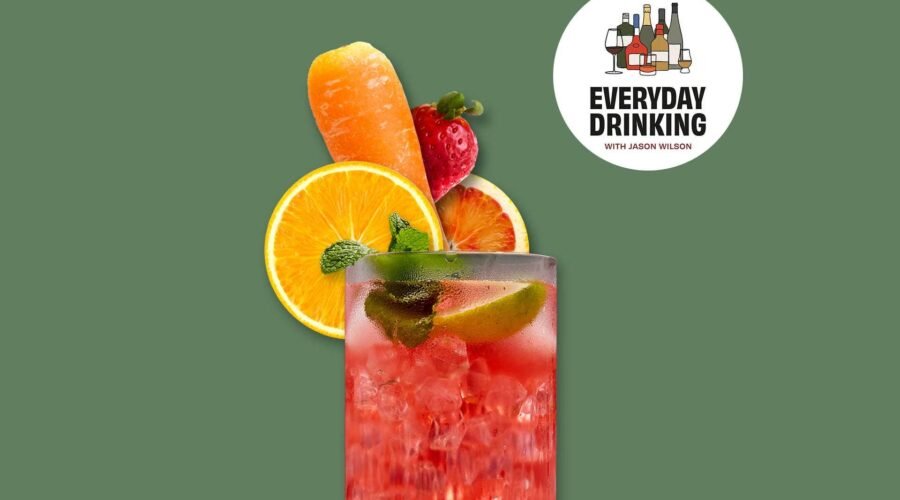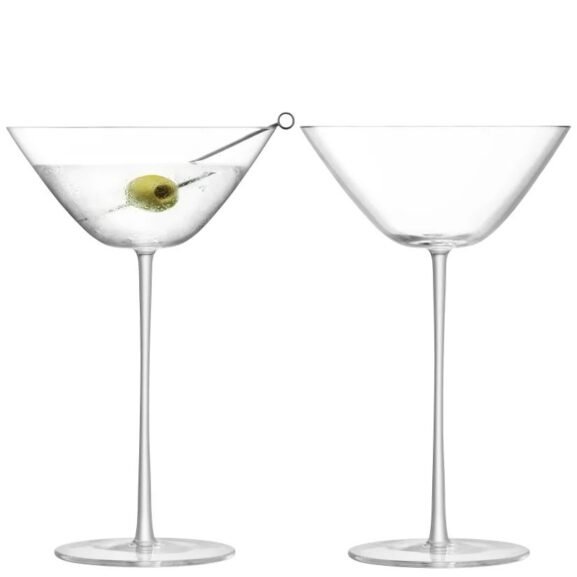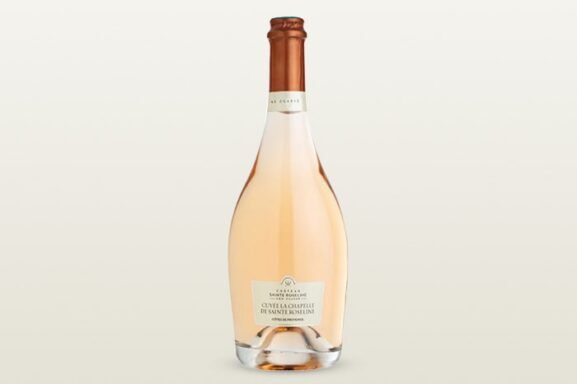Culture: Is ‘No Garnish’ the New Paper Straw?
Hey, you. Yes, you, over there sipping that cocktail with the soggy paper straw. You think you’re a pretty enlightened drinker, don’t you? You source eco-friendly spirits, try to use organic, local ingredients, and you even make your own. And, of course, you’d never be caught dead using a plastic straw.
But I must ask: Do you still garnish your cocktails? Oh, really? You still use citrus peels and cucumber slices and hulled strawberries? For real? Haven’t you heard how wasteful that is? That lime wedge in your gin and tonic may signal that you’re a terrible person who doesn’t care about the environment. At least, that is, according to recent article in Food & Wine entitled, “That Lemon Slice on Your Cocktail Is Contributing More Than Its Fair Share to Climate Change.”
You May Also Like: Bartender Basics: Do You Really Need a Garnish?
“Bartenders are turning away from overly ornate cocktail garnishes for their own gastronomic peace of mind, but also because these accouterments contribute more than their fair share to food waste,” writes Lucy Simon for the publication.
Apparently, there is a growing garnish backlash within cocktail circles. As proof, Food & Wine talked to a few anti-garnish-ists, including Cody Pruitt, owner of Libertine in New York City. “I have a strong stance on cocktail garnishes,” he says. “I’m vehemently anti-garnish of any kind.”
So, too, is Calum Fraser, a brand ambassador for zero-waste spirits brand Discarded Spirits. At Tales of the Cocktail this past summer, he told an audience that one kilogram of waste from lemon garnishes “amounts to about the same carbon emissions as a 20-minute journey in a car,” according to Food & Wine. (I have no idea where the source for this statistic comes from, but OK.) Discarded Spirits make a rum infused with discarded banana peels, a vodka with pressed grape skins and a vermouth made with the discarded fruit of coffee berries.
Anti-garnish fervor has been growing over the past few years, as part of an overall attempt to cut food waste. A No Garnish Instagram account calls garnishes, “the parsley of drinks.” In 2019, the Washington Post declared: “Cocktail garnishes are a waste. These bartenders want to do something about it.”
Now, I’m sure we can all appreciate any attempt to do something about climate change. Also, so many cocktail garnishes over the past decade have evolved into something ridiculous: dehydrated fruit; stalks of herbs; cotton candy; gummy candy; those stupid little clothespins. If all that a no-garnish movement does is rein in some of that nonsense, then it will have done its job.
The anti-garnish faction certainly has its heart in the right place. But the argument that I might be saving the planet by forgoing the orange wedge in my Negroni feels a little flat to me.
You May Also Like: How Instagram Sparked the Clear-Ice Trend
First of all, we know the most serious culprits of food waste are supermarkets, restaurants, food processing plants, factory farms, and agriculture policies that subsidize overproduction regardless of demand. Before looking at garnishes as a source of food waste, I hope that a bartender looks closely into how the spirits they stock are being produced. If you’re cutting out the lime peel garnish, but still making a drink recipe with booze from a large multinational brand that may have a questionable environmental or labor record—well, that seems a little misguided to me.
Second, there are plenty of ways to ensure that fruit is not wasted in garnishes. You could offer a more limited cocktail menu, or one that uses the peels in one cocktail, the juice in another, and the rinds or pulp in some sort of tincture. “No garnish” feels like a little too gimmicky.
The bottom line is that twists, wedges, salted rims, olives, cherries and the like play an essential role in classic cocktails. They’re not optional in certain drinks, they’re actual ingredients. I understand that many modern mixologists want to control the drinking environment down to a micro level. Some likely don’t even want a customer to decide how much citrus to squeeze into their highball.
In the end, the anti-garnish movement risks being held up to ridicule in the same way the soggy paper straws have. We’ve all seen the memes, such as this, this and this. Let’s not make “no garnish” the new paper straw.
You can follow Jason Wilson on Wine Enthusiast and click here to subscribe to his Everyday Drinking newsletter, where you’ll receive regular dispatches on food, travel and culture through the lens of wine and spirits.
Last Updated: September 8, 2023
Like what you’re reading? Learn more about:


